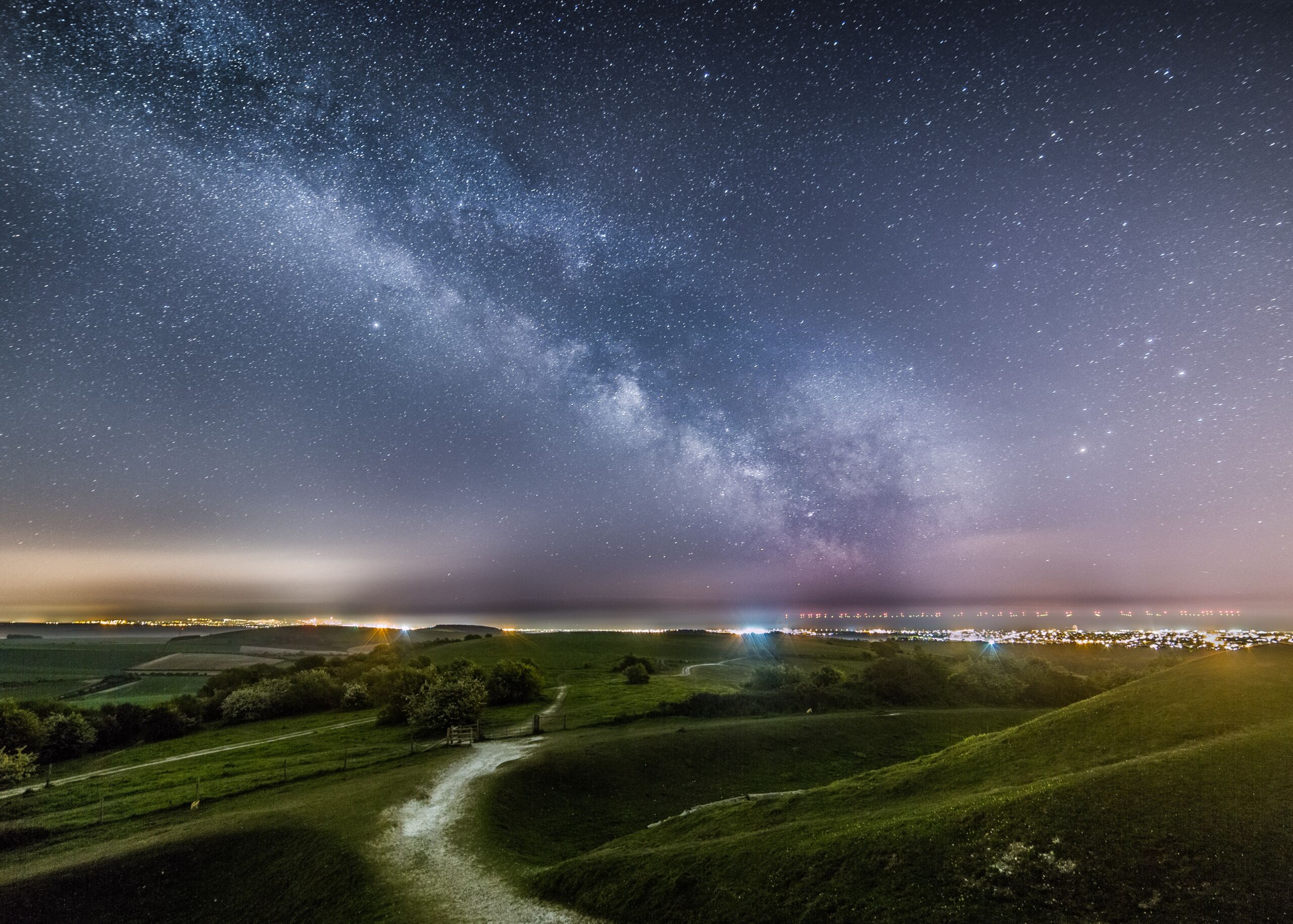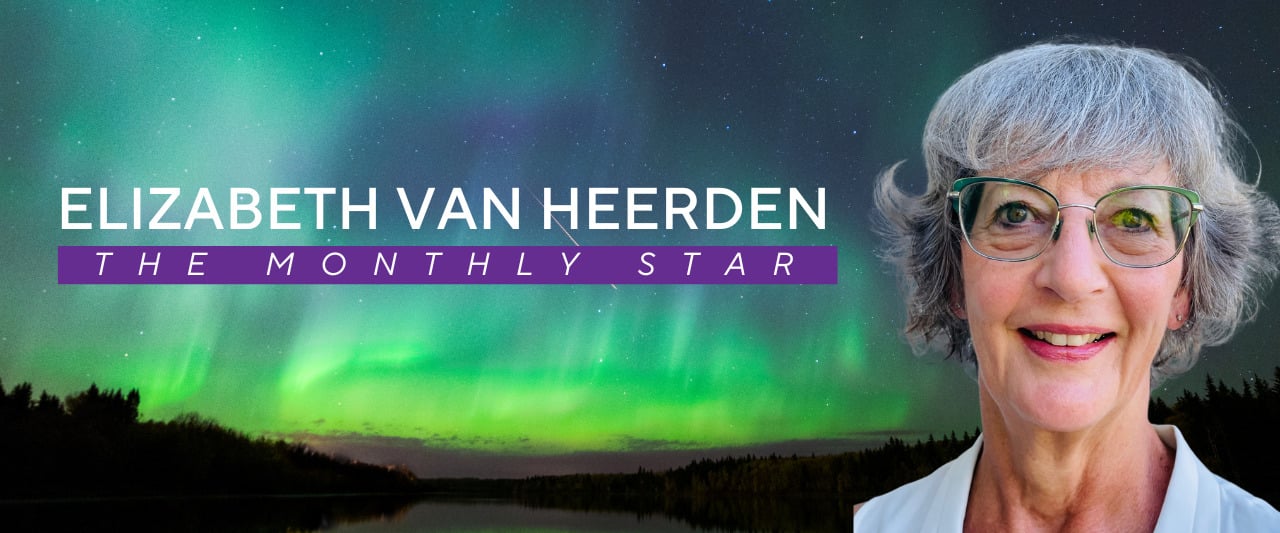
Towards a Dark Sky Standard: A Lighting Guide to Protect Dark Skies from Local Need to Landscape Impact

The following is a guest post by Dan Oakley, Lead Ranger and Dark Skies Lead at South Downs National Park in the UK.
One of the difficulties for dark skies protection in the UK is the inclusion and general pace of regulatory change within lighting design. As the majority of lighting legislation is dependent upon UK Planning Law and other national regulations getting anything changed for the better is quite a slow and complex process. Despite the work of many organizations in the UK, communication of key dark sky principles and the access to educational guidance for appropriate lighting design is poor and often restricted to policies in dark sky landscapes such as National Parks. Many planning authorities lack effective lighting policies so there is a real opportunity to improve darkness across the UK.
Because of this, the UK Dark Skies Partnership has been working together to advocate the inclusion of dark skies in appropriate policies and to produce guidance materials to help fix the gaps in understanding and implementation – and the document “Towards a Dark Sky Standard” is one such document that has now being promoted by partners for use throughout the UK.
Fundamentally “Towards a Dark Sky Standard” is a general signposting guide to introduce the mindset of dark sky protection by ensuring the right considerations are included in lighting design. It is intended to sit as a precursor to the planning phase and to direct users to more detailed design and planning policies, such as those created for managing IDA places.

Both external lighting and internal lighting (spill through glazing) are considered within the document and there are also sections for both simple domestic use – based on IDA principles and materials – and detailed sections for non-domestic lighting. Anyone who designs, installs, or manufactures lighting will find it useful, regardless of their location in the UK.
Without being overly technical, four main themes are used to communicate the key lighting criteria for consideration, particularly in non-domestic lighting that should be guidance-led. Within each theme key documents, standards, and further resources are listed to encourage dark sky-friendly design.
The themes are:
- Design needs: which assesses if the lighting is really needed and if it is to ensure it complies with British Standards on illuminance and basic design
- Dark Sky Places: which asks if the wider rural qualities have been considered, such as sky quality and proximity to IDA designations
- Landscapes and Wildlife: which asks if the lighting will have an impact on sensitive habitats and species
- Nuisance and Obtrusion: which assess if the lighting does not create a nuisance to neighbors or the general sky quality.

For internal lighting, the document principally asks users to assess the visible light transmission (VLT) – or the amount of visible lighting passing through the glazing – so that it can be selected at the design stage to reduce internal light spill appropriately. Different VLT values are recommended for different glazing purposes, e.g. domestic roof lights or commercial skylights, to ensure that users can select the right glass.
The partnership hopes that this document will be spread and used widely in the UK so that all places can benefit from better lighting design. Hopefully, the document will encourage legislators, policyholders, and professional guidance writers to include dark sky considerations within updates to their materials. If regulations, planning law, and existing standards can be improved by the guidance in this document, then this could greatly improve the understanding and consideration of the dark sky in the UK.
The UK Dark Skies Partnership is a collaborative forum of UK dark-sky places, including those with International Dark-Sky Association designations; relevant professional organizations; the Commission for Dark Skies; CPRE, the Countryside Charity; the Institution of Lighting Professionals and the Society of Light and Lighting. All support the work of the APPG of MPs for Dark Skies co-chaired by Andrew Griffith MP and the Astronomer Royal Lord Rees (appgdarkskies.co.uk). The primary aim of the UKDSP is to improve sky quality by reducing unnecessary and inappropriate light pollution through effective behavioral change, education, and promotion of environmentally sensitive lighting.

“Towards a Dark Sky Standard” can be downloaded at the South Downs National Park Technical Advice Note on Dark Skies webpage and will be available on the partnership (under construction ukdarkskies.org.uk ) and partner sites. An accessible version is also available.
Dark Skies Technical Advice Note (TAN) – South Downs National Park Authority



















